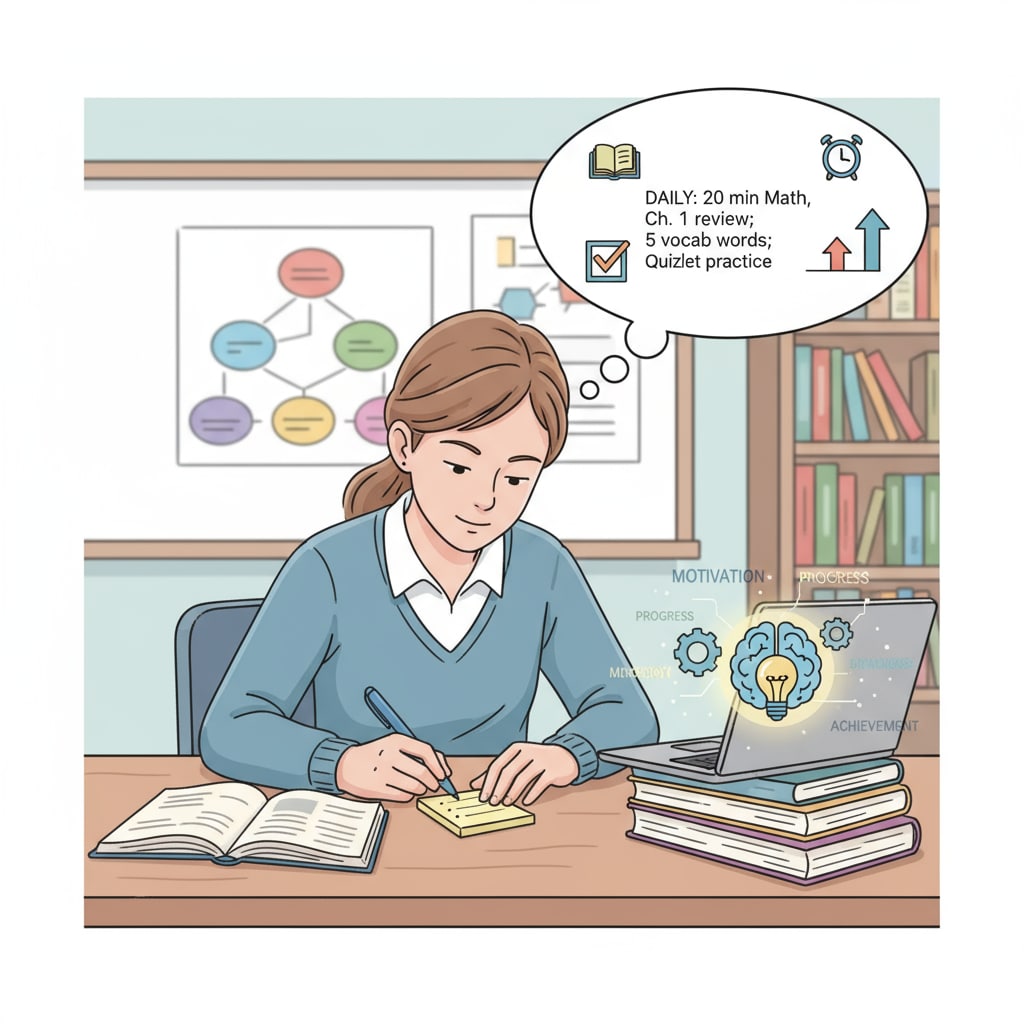Learning motivation, small steps, and persistence are crucial elements in helping K12 students overcome the common hurdle of lacking enthusiasm for learning. In the journey of education, many students in this age group struggle to find the drive to study. However, by taking small, consistent steps, we can gradually light the spark of learning motivation.

The Problem of Low Learning Motivation
Low learning motivation is a prevalent issue among K12 students. It can stem from various factors such as high-pressure academic environments, difficult subjects, or a lack of clear goals. When students lack motivation, they may procrastinate, show disinterest in class, and perform poorly academically. For example, a student might find math particularly challenging and, as a result, avoid doing math homework. This lack of motivation can have a negative impact on their overall academic progress. According to Education.com, understanding the root causes is the first step in addressing this problem.
Setting Small Goals as a Starting Point
One effective way to boost learning motivation is to start with small, achievable goals. Small goals are less intimidating and more manageable for students. Instead of aiming to ace an entire semester’s worth of exams, a student could set a goal to master one difficult concept in a week. This approach breaks down the larger task into smaller, more digestible parts. For instance, in language learning, a goal could be to learn ten new vocabulary words each day. By achieving these small goals, students gain a sense of accomplishment, which in turn fuels their motivation. As stated on Verywell Family, goal-setting is a powerful tool for motivation.

Cultivating Daily Learning Habits
Daily learning habits play a significant role in building consistent learning motivation. Establishing a regular study routine helps students get into the rhythm of learning. For example, setting aside a specific time each day for reading or doing homework can make learning a natural part of their daily lives. Additionally, creating a conducive study environment, such as a quiet and organized study space, can enhance the learning experience. These habits, when repeated over time, develop into a strong foundation for learning motivation. According to research, students who have a structured study routine are more likely to stay motivated.
The Power of Positive Feedback
Positive feedback is a key factor in maintaining learning motivation. When students receive praise and recognition for their efforts, they feel valued and are more likely to continue working hard. Parents and teachers can provide positive feedback by acknowledging small achievements. For example, complimenting a student on their improved handwriting or their effort in solving a difficult problem. This positive reinforcement creates a cycle of motivation, encouraging students to keep striving for better. It’s essential to be specific and sincere in the feedback to make it more impactful.
In conclusion, learning motivation, small steps, and persistence are intertwined in helping K12 students overcome learning challenges. By setting small goals, cultivating daily habits, and providing positive feedback, we can help students build the motivation they need to succeed academically and develop important skills for life. With these strategies, students can transform their learning experiences and reach their full potential.
Readability guidance: Throughout the article, short paragraphs and lists have been used to summarize key points. Each H2 section has been provided with relevant examples and tips. The proportion of passive voice and long sentences has been controlled, and transition words like “however”, “therefore”, “for example”, and “in addition” have been used to enhance the flow of the article.


